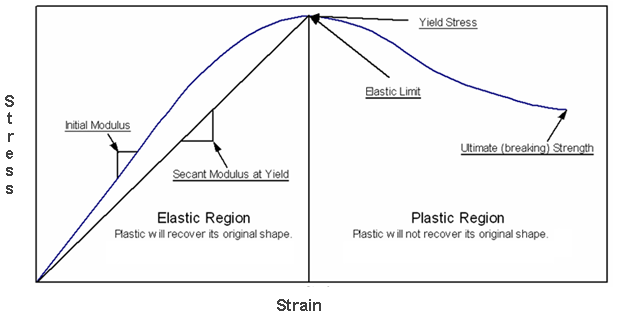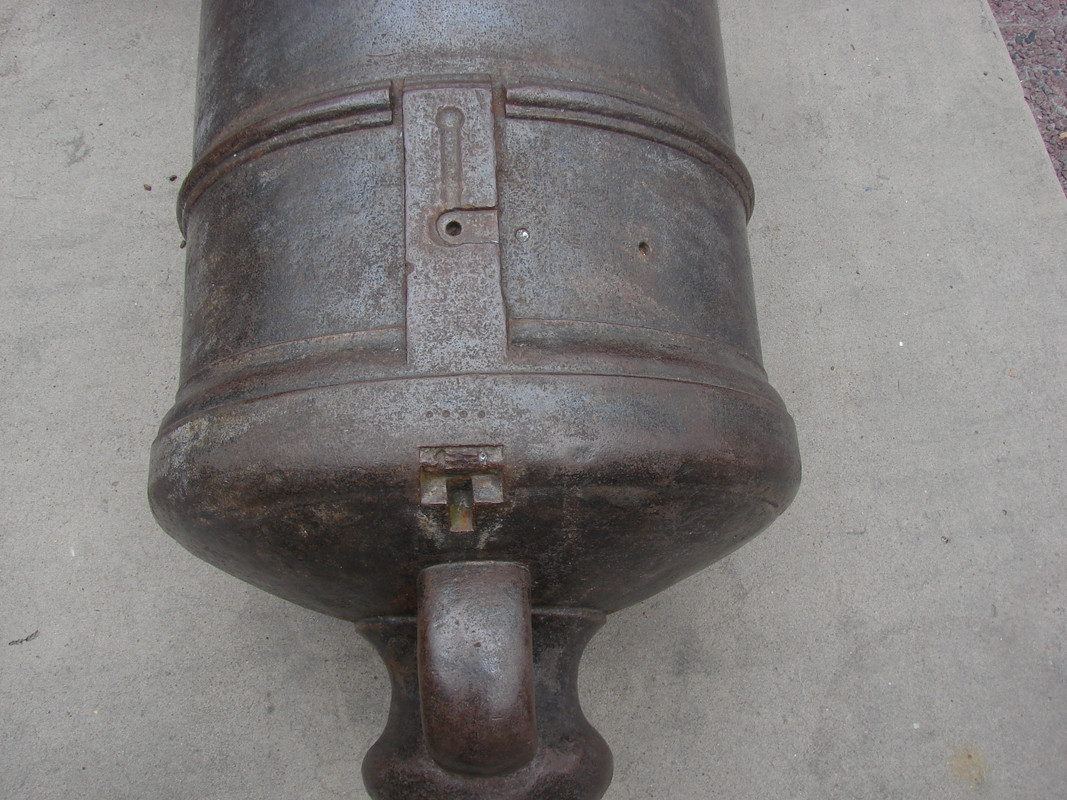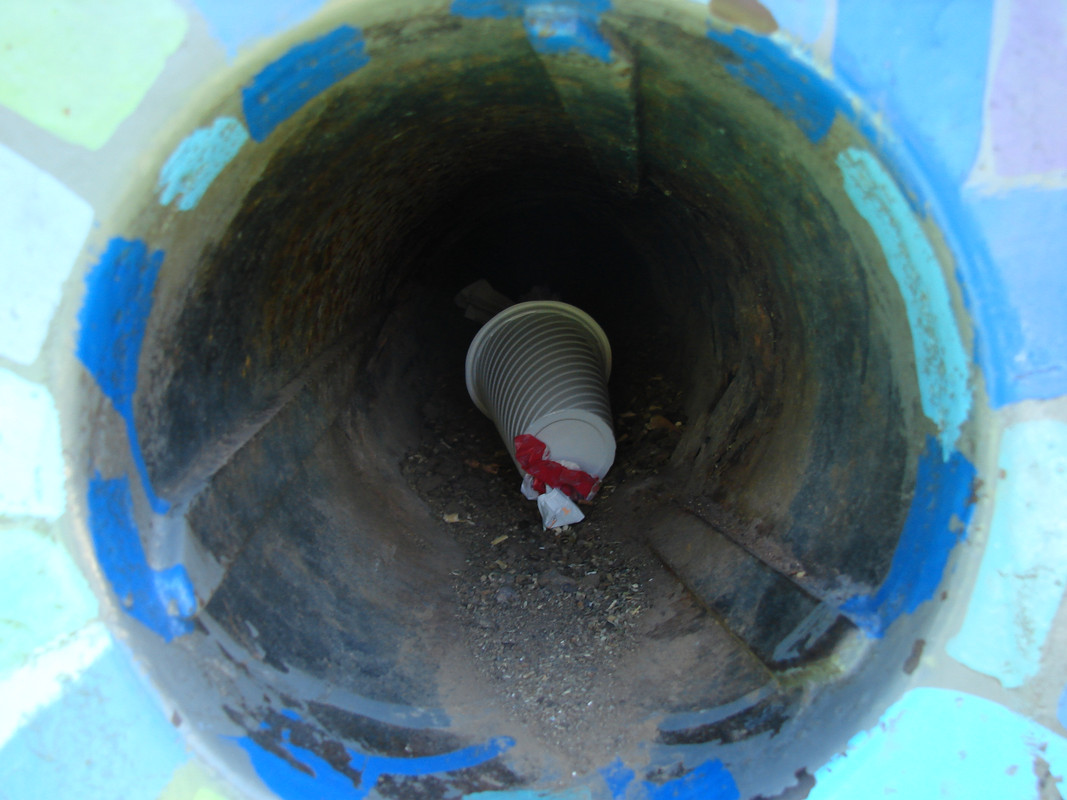marcelo_malara wrote: ↑Mon Apr 10, 2023 4:45 pm
Byron Angel wrote: ↑Mon Apr 10, 2023 12:40 pm
and the British literature seems silent re any modifications made to gun tubes for mounting gunlocks.
Forgot this one. Cast iron cannons were not commonly modified once built. There is a strong reason for it. Cast iron is delicate in the sense that it has not plastic deformation, this needs a little explanation. If you apply a force to a materiel, it will deform, the higher the force the greater the deformation, but once the force is stopped the materiel will return to its initial form. This is called elastic deformation. There is a point that the force is so high that once stopped the materiel will remains deformed, this is the plastic deformation. And is the force is greater yet the materiel will break.

Cast iron will pass from elastic deformation to rupture once the elastic limit is exceeded. Beyond this, any modification to the tube will weaken it and make it prone to explosion. Even the proving marks were done in the face of the muzzle, where they will affect less the resistance of the tube to the pressure of the firing.
Hi Marcelo,
Thanks for the book recommendation; I will definitely look into it. I remember seeing it long ago, but ignoring it because I was so fixated upon European navies of the AoS at the time.
Sorry about my imprecision of language; by "modification" I meant revising the design of cannons to be cast in the future. Of course, it seems that gun-locks were adapted to existing guns by means of wooden mounting blocks carved to fit in the appropriate place near the vent.
Re Boudriot's commentary on gun-locks in French service, here is what he wrote in "The 74 Gun Ship", Volume IV, page 132. Please note that he specifically describes the French 74 as of the year 1780.
"In accordance with Regulations, 24 of the guns on our 74 are fitted with gun-locks mounted on blocks of wood.As a rule, the locks used are heavy musket locks from land-service muskets, fitted to the block in the same way as they would be to the musket stock, with a tube of tin-plate leading from the pan to come out next to the vent. The wooden mounting-block is held in place by straps which pass round the breech of the gun. A sort of trigger is operated by a lanyard coming out of the back of the block.
<snip>
As explained in the main body of the text, a certain number of the guns aboard our 74 are fitted with gun-locks mounted upon blocks of wood. A piece of fir is shaped to the profile of the breech of the gun so that it fits comfortably over it to the right of the vent; two straps of heavy canvas pass round the breech, and hold the block in place. A heavy firing-lock from a land-service musket is fastened to the block in the same way as it would be fitted to a musket, and a tube of tin-plate leads from the firing pan through the block of wood and across towards the vent.
The lock is not fired by a finger-trigger, but by a laniard (sic) which passes through a hole cut in the after edge of the mounting-block; the method of operation of a flintlock will be familiar to you, so I will not describe it again, but it will be appreciated that the detonation of the priming-powder in the pan is communicated to the priming of the gun via the tin tube.
The use of gun-locks provides a more reliable and more rapid method of detonating the charge, but some officers are critical of their fragility, the amount of room they take up, the fact that they interfere with the laying of the gun, and cause difficulties in priming and in keeping the priming dry; it is true however that the use of firing tubes (see Vol II, p 173) simplifies or indeed resolves these latter difficulties. Furthermore, the locks can get caught in people's clothing or be damaged by hand-crows or handspikes, sleeves, etc. while the gun is being handled, the damp causes problems in their operation, the flints sometimes break, and in general the linstock is preferred to the gun-lock."
- - -
Re Douglas - He indeed equipped the guns of his ship HMS Duke with gun-locks (at his own personal expense BTW), but he also modified his ship's gunports and training tackle to approximately double the fire arcs of his guns. But he was generally considered rather a maverick within the service and few if any captains emulated his efforts. However, after a very lengthy effort, he managed to persuade Rodney to have the guns of his flagship HMS Formidable similarly modified. To the best of my knowledge, these were the only two ships in the British fleet at the Saintes so outfitted. Gunlocks (
to the best of my knowledge) did not become commonplace in the RN until after the War of the French Revolution.
Byron





